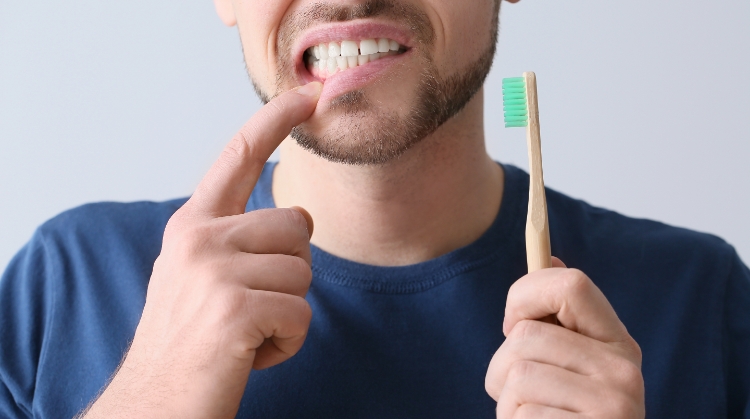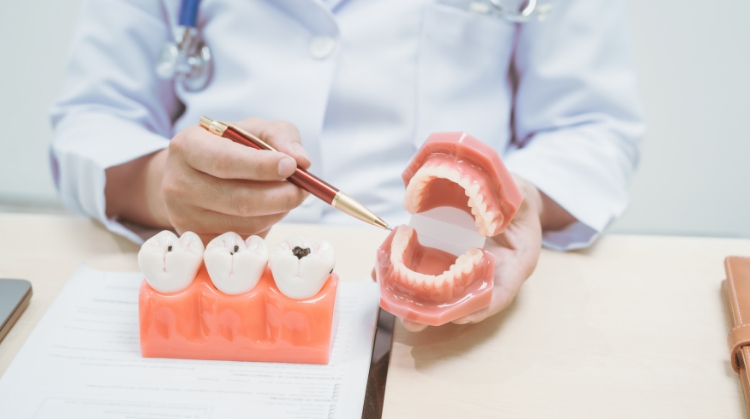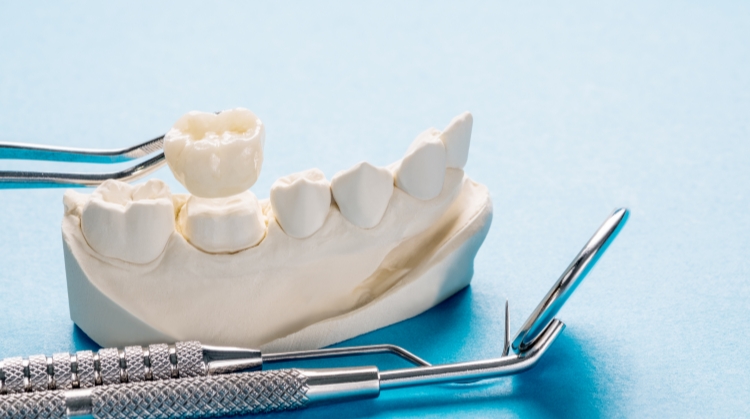When you think of a dental visit, you might picture the sound of drills and the discomfort that often comes with traditional treatments. But modern dentistry has evolved—laser technology is leading the way toward a gentler, more comfortable dental experience. This cutting-edge approach is revolutionizing dental care, offering a more precise, efficient, and relaxed treatment experience. Let’s explore why laser dentistry is considered the future of gentle dental care and how it can benefit your smile.
What is Laser Dentistry?
Laser dentistry uses concentrated light beams to perform a variety of dental procedures. These lasers can target soft tissues (like gums) or hard tissues (like teeth) with extreme accuracy. The result? Treatments that are faster, less invasive, and often more comfortable compared to traditional methods.
From gum reshaping to cavity treatment, lasers are transforming the way we care for your oral health.
Benefits of Laser Dentistry
- Minimized Discomfort
Laser treatments typically cause less pain and discomfort. Many procedures can even be performed with little to no anesthesia, making your visit much more pleasant. - Reduced Bleeding and Swelling
Because lasers seal blood vessels as they work, patients experience less bleeding during soft tissue procedures. Swelling is also minimized, leading to quicker recovery times. - Precision and Accuracy
Lasers allow dentists to target only the affected area, preserving more of your healthy tissue. This precision is ideal for both cosmetic and restorative treatments. - Faster Healing
With reduced trauma to surrounding tissues, laser dentistry promotes faster healing and reduces the risk of infection. - Less Anxiety for Patients
No drilling noises, no vibrations — just quiet, efficient treatment. Patients with dental anxiety often find laser dentistry much less intimidating.
Common Laser Dentistry Procedures
- Gum Disease Treatment: Lasers effectively remove infected tissue and bacteria from gum pockets, helping to manage periodontal disease with less discomfort.
- Cavity Treatment: Lasers can remove decay and prepare teeth for fillings without the need for drills, making cavity treatment quieter and less stressful.
- Gum Reshaping and Contouring: If you have a “gummy smile” or uneven gum lines, laser reshaping can sculpt your gums for a more attractive appearance.
- Frenectomy: Lasers are used to gently release tongue-tie or lip-tie issues, often with minimal discomfort and quick healing.
- Teeth Whitening: Laser-assisted whitening speeds up the process and enhances results for a brighter smile in less time.
Is Laser Dentistry Safe?
Absolutely! Laser dentistry is considered safe and is widely used for a variety of dental procedures. Dental lasers are carefully calibrated and approved by dental associations to ensure they can be used effectively without harming surrounding tissues. When performed by a trained dental professional, laser treatments offer precise results with minimal discomfort and reduced risk of complications.
Why Choose Laser Dentistry
Laser dentistry offers a modern approach to dental care that focuses on patient comfort, precision, and quicker recovery times. By using advanced technology, laser treatments reduce discomfort, minimize bleeding, and preserve healthy tissue. This makes procedures less invasive and promotes faster healing, providing a gentler alternative to traditional methods. Whether you’re addressing gum issues, cavities, or cosmetic concerns, laser dentistry delivers effective results with less stress and anxiety.
Conclusion
Laser dentistry is changing the way people experience dental care. With its ability to reduce discomfort, speed up healing, and deliver precise results, it’s no wonder more patients are choosing this advanced option. Whether you’re seeking treatment for gum disease, cavities, or cosmetic improvements, laser technology offers a gentle and effective solution to keep your smile healthy and bright.
If you’ve been avoiding the dentist out of fear or discomfort, laser dentistry might be the solution you’ve been waiting for. Ready to enjoy stress-free, precise dental treatments? Call Love Dentistry today or schedule your visit online.


















